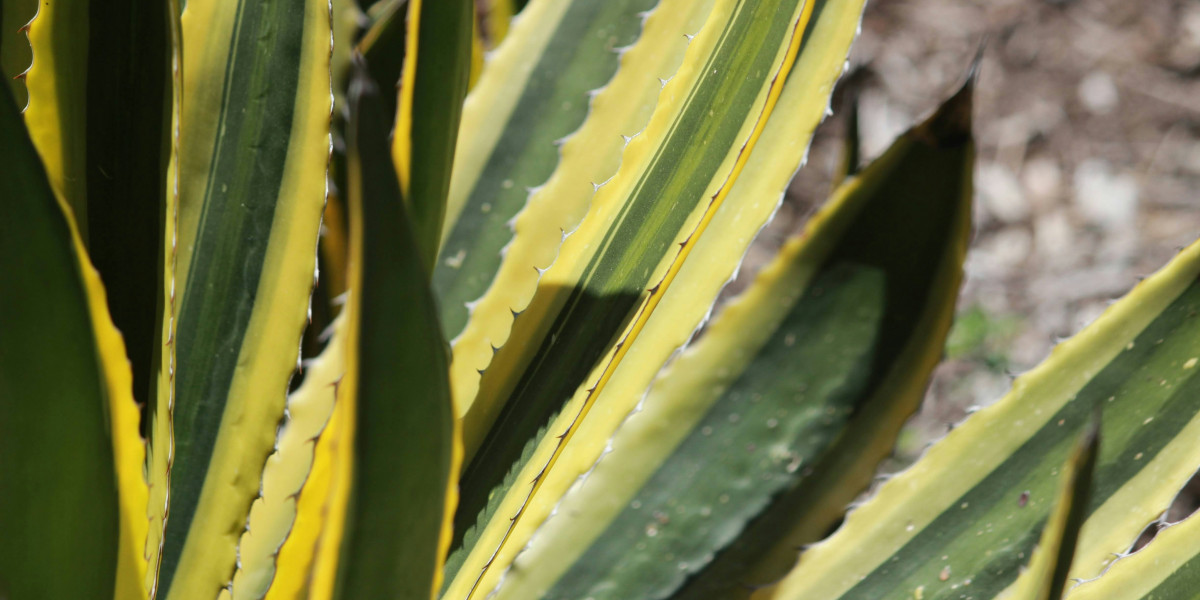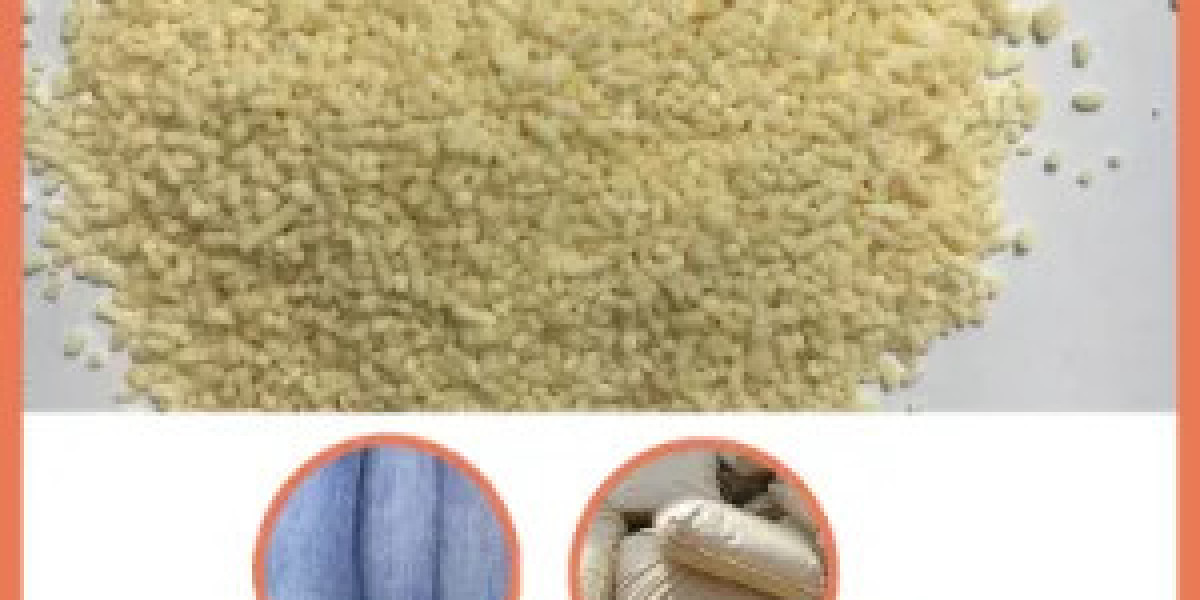The aloe vera extracts market has been experiencing steady growth due to increasing demand from various industries, including pharmaceuticals, cosmetics, food and beverages, and personal care. Aloe veras medicinal properties, soothing effects, and nutritional benefits have made it a widely used ingredient across multiple applications. However, despite its promising future, the market is faced with several barriers that impede its full potential. These challenges include regulatory constraints, supply chain disruptions, high production costs, market competition, and fluctuating raw material prices. Addressing these barriers is crucial for sustainable growth and innovation in the aloe vera extracts market.
Regulatory Constraints and Compliance Issues
One of the most significant barriers to the aloe vera extracts market is the stringent regulatory framework governing its use in different industries. Countries have diverse regulations regarding the quality, safety, and labeling of aloe vera-based products. For instance:
The U.S. Food and Drug Administration (FDA) has strict guidelines on the use of aloe vera in food and cosmetics, requiring extensive testing and certification.
The European Union (EU) has placed restrictions on certain aloe-derived compounds, such as aloe-emodin, due to potential health concerns.
In Asian markets, particularly in China and India, compliance with herbal medicine regulations requires extensive documentation and quality assurance tests.
These regulations increase the time and cost of market entry, making it difficult for small and medium-sized enterprises (SMEs) to compete with established players. The lack of uniform global regulations further complicates international trade, making it challenging for manufacturers to expand their reach.
Supply Chain Disruptions
The production and distribution of aloe vera extracts rely on a stable supply chain, which has been increasingly vulnerable to disruptions. Factors contributing to supply chain instability include:
Climate Change and Agricultural Challenges: Aloe vera cultivation is affected by extreme weather conditions, droughts, and soil degradation, leading to inconsistent yields.
Transportation and Logistics Issues: The perishable nature of aloe vera leaves requires prompt processing, and any delay in transportation can lead to quality degradation.
Limited Geographic Cultivation: Aloe vera is primarily grown in tropical and subtropical regions such as India, China, Mexico, and parts of Africa. Over-reliance on these regions creates risks associated with political instability, trade restrictions, and agricultural productivity.
Addressing these challenges requires investments in sustainable farming practices, alternative sourcing strategies, and improved logistics infrastructure.
High Production and Processing Costs
Extracting aloe vera in its purest form involves complex processing techniques that contribute to high production costs. The process of obtaining gel, powder, or liquid extracts requires:
Advanced Extraction Technologies: Techniques such as freeze-drying, cold pressing, and enzymatic extraction ensure product quality but involve significant capital investments.
Quality Control and Standardization: Maintaining the purity and efficacy of aloe vera extracts demands rigorous testing and compliance with industry standards.
Labor and Operational Costs: The harvesting of aloe vera leaves is labor-intensive, requiring skilled workers to ensure minimal damage to the plant and maximize yield.
High costs impact pricing strategies, making it challenging for manufacturers to compete with synthetic or lower-cost natural alternatives in the market.
Market Competition and Product Differentiation
The aloe vera extracts market is highly competitive, with numerous players offering similar products. The presence of both large multinational corporations and small-scale producers intensifies competition. Key challenges include:
Brand Differentiation: Many brands offer aloe vera-based products with similar claims, making it difficult for new entrants to establish a unique market presence.
Consumer Mistrust Due to Adulteration: The market has been plagued by issues of adulteration, where products contain lower concentrations of aloe vera than advertised or are mixed with synthetic additives. This leads to reduced consumer trust and regulatory crackdowns.
Substitutes and Alternative Ingredients: The growing popularity of other plant-based ingredients such as coconut oil, shea butter, and hyaluronic acid creates alternative options for consumers, diverting demand away from aloe vera extracts.
To overcome these barriers, companies need to invest in branding, transparent marketing strategies, and research and development to create innovative aloe-based formulations.
Fluctuating Raw Material Prices
The cost of raw aloe vera leaves is subject to fluctuations due to various factors such as seasonal changes, supply shortages, and increasing demand from different industries. Price volatility affects:
Profit Margins: Sudden increases in raw material costs can impact the profitability of aloe vera extract manufacturers.
Pricing Strategies: Companies must balance between maintaining competitive pricing and ensuring product quality, which can be challenging in a volatile market.
Supplier Relationships: Dependence on a limited number of suppliers can lead to pricing instability and inconsistent raw material quality.
Developing long-term contracts with suppliers, investing in direct farming, and exploring alternative extraction sources can help stabilize pricing and ensure a consistent supply of quality aloe vera.
Consumer Awareness and Misconceptions
While aloe vera is widely recognized for its health benefits, there are several misconceptions and misinformation surrounding its use. Some consumers believe that all aloe vera-based products deliver the same benefits, while others are skeptical about its efficacy due to previous experiences with low-quality products. Common concerns include:
Unrealistic Health Claims: Some companies market aloe vera extracts with exaggerated claims, leading to consumer skepticism when products do not deliver expected results.
Allergic Reactions and Side Effects: Although aloe vera is generally safe for external and internal use, some individuals may experience allergic reactions, leading to negative perceptions.
Lack of Education on Product Usage: Consumers may not fully understand how to use aloe vera extracts effectively, resulting in improper application and unsatisfactory outcomes.
Improving consumer education through transparent marketing, informative labeling, and scientific validation of benefits can help build trust and drive market growth.
Conclusion
The aloe vera extracts market presents immense opportunities, but several barriers hinder its full potential. Regulatory complexities, supply chain disruptions, high production costs, intense competition, fluctuating raw material prices, and consumer misconceptions all pose significant challenges to industry players. To overcome these hurdles, companies must adopt strategic approaches such as regulatory compliance, sustainable sourcing, investment in advanced processing technologies, and enhanced consumer awareness initiatives. By addressing these barriers, the aloe vera extracts market can continue to expand, providing high-quality natural products to meet growing global demand.
Get More Details :
| https://www.pristinemarketinsights.com/aloe-vera-extracts-market-report |









